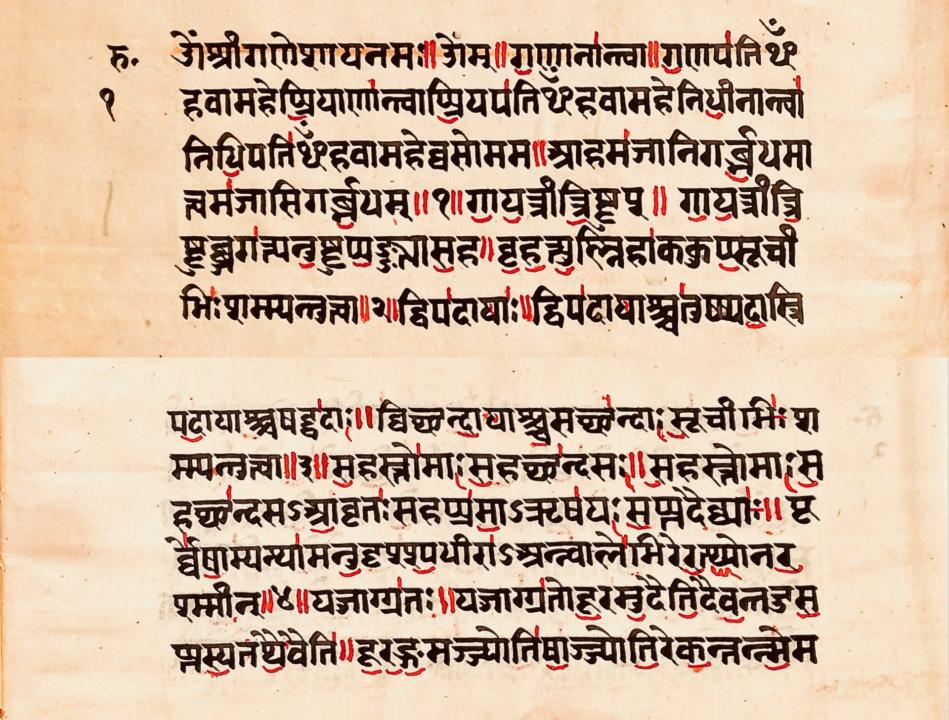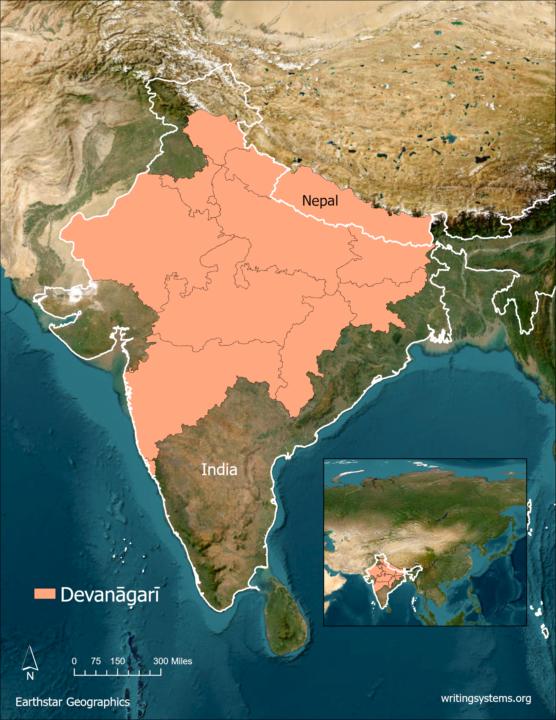“The Devanagari script is used for writing classical Sanskrit and its modern historical derivative, Hindi. Extensions to the Sanskrit repertoire are used to write other related languages of India (such as Marathi) and of Nepal (Nepali). In addition, the Devanagari script is used to write the following languages: Awadhi, Bagheli, Bhatneri, Bhili, Bihari, Braj Bhasha, Chhattisgarhi, Garhwali, Gondi (Betul, Chhindwara, and Mandla dialects), Harauti, Ho, Jaipuri, Kachchhi, Kanauji, Konkani, Kului, Kumaoni, Kurku, Kurukh, Marwari, Mundari, Newari, Palpa, and Santali.
All other Indic scripts, as well as the Sinhala script of Sri Lanka, the Tibetan script, and the Southeast Asian scripts, are historically connected with the Devanagari script as descendants of the ancient Brahmi script. The entire family of scripts shares a large number of structural features.“ - The Unicode Consortium, The Unicode Standard, Version 15.0, p. 463



